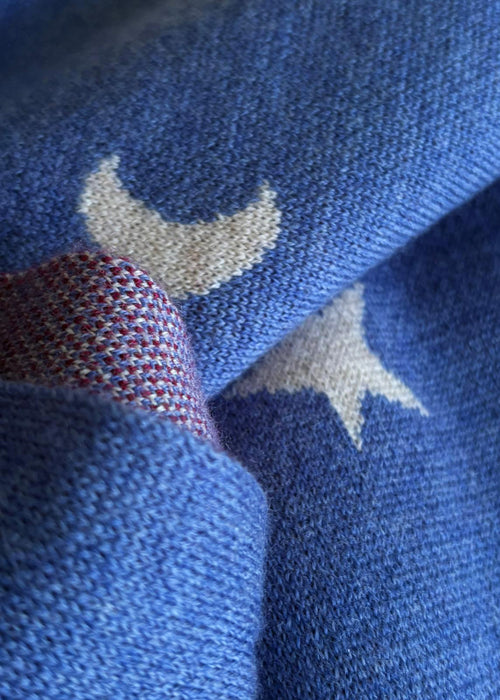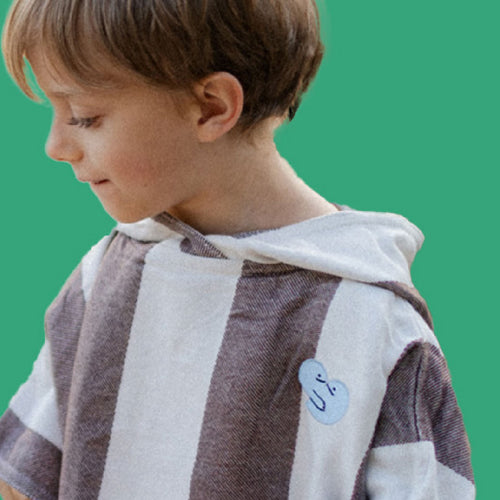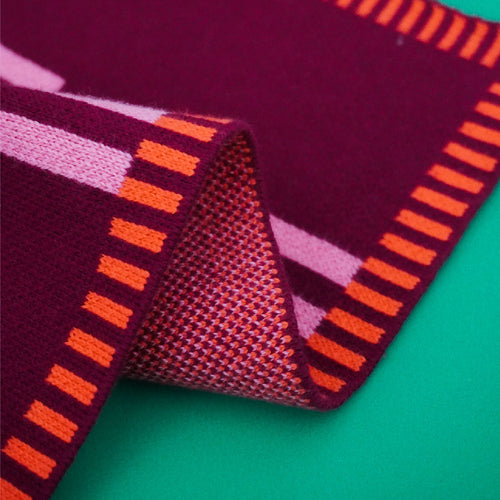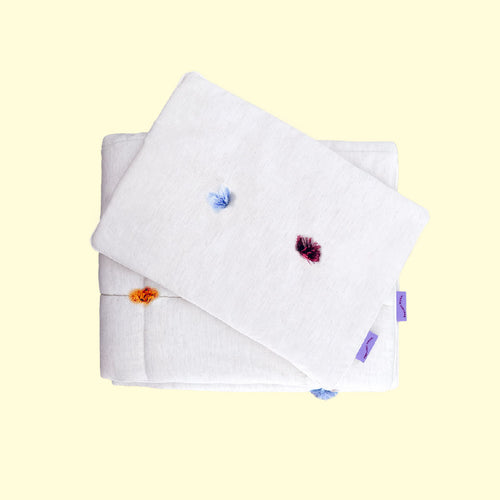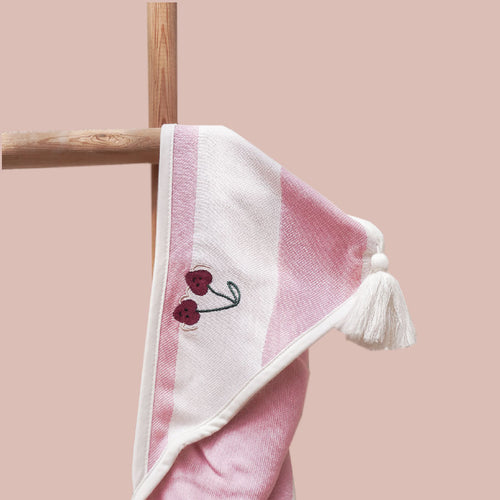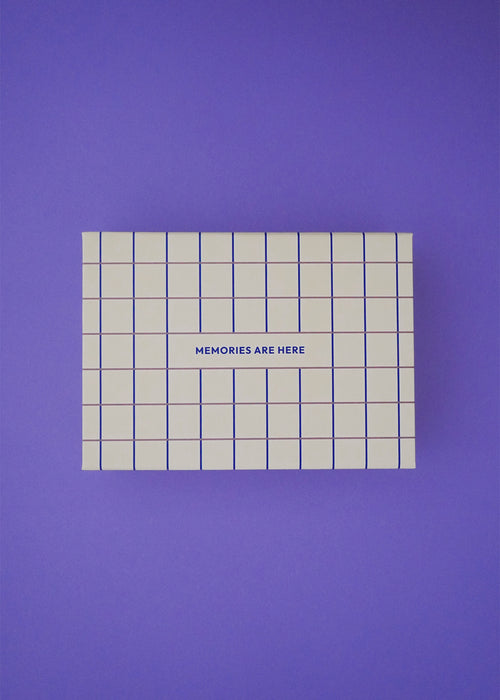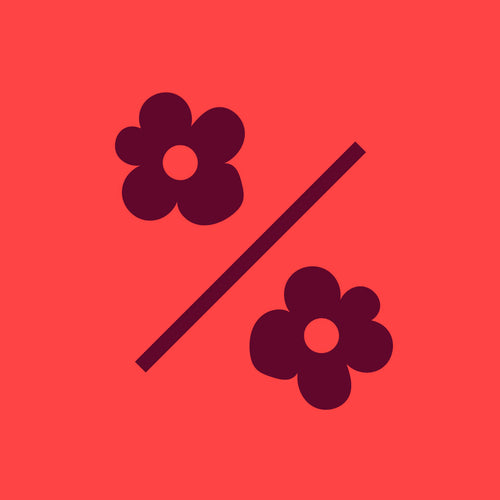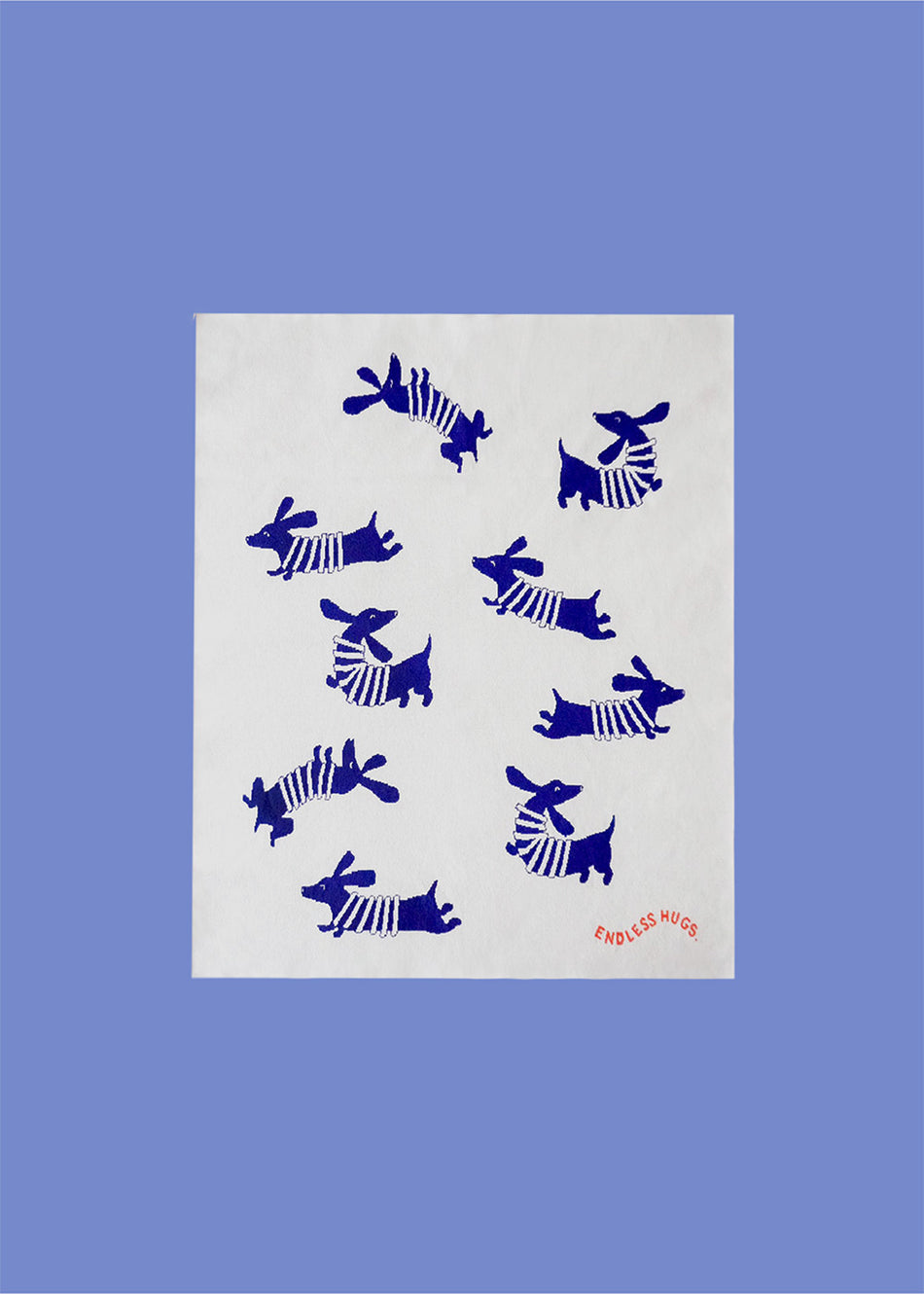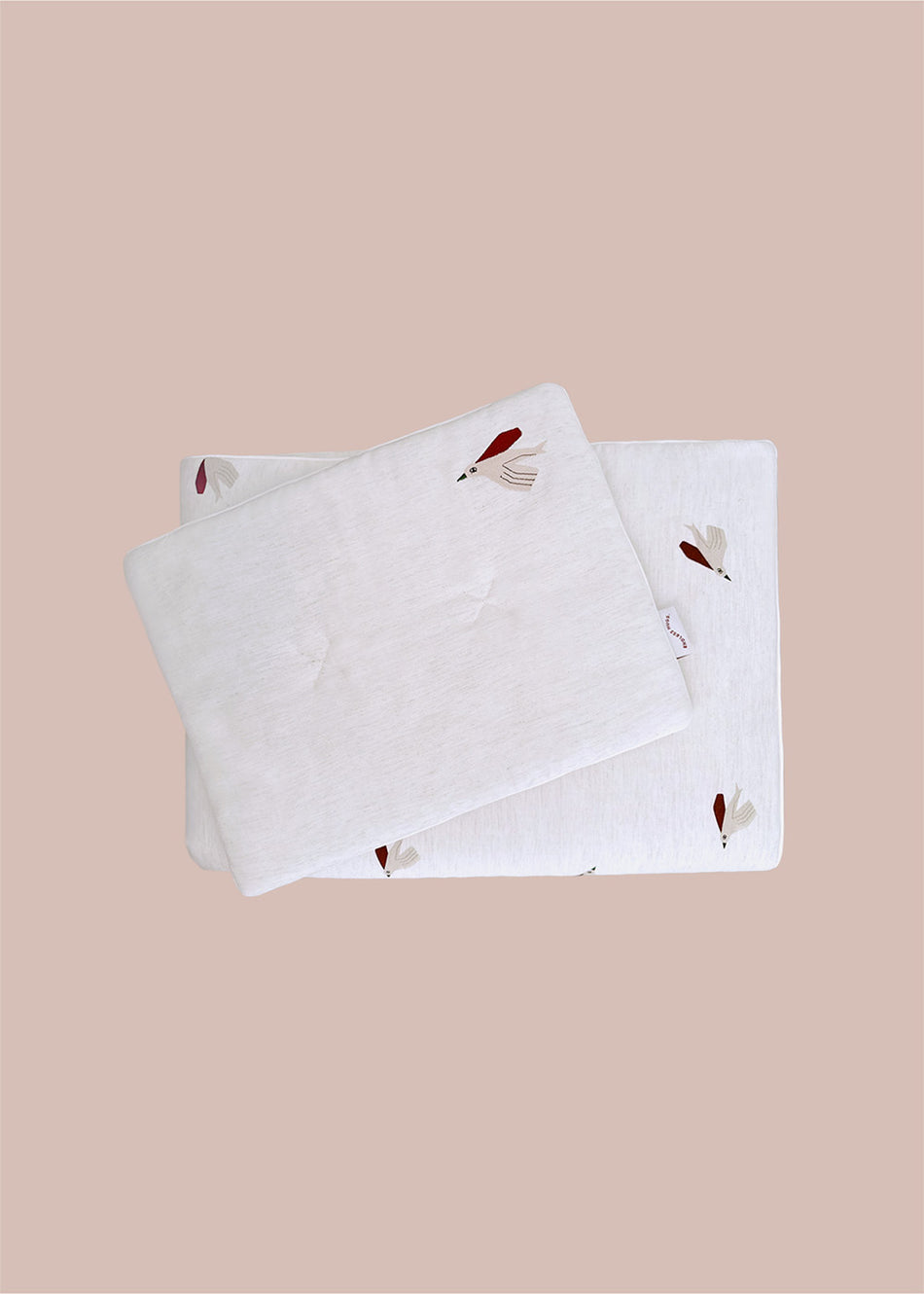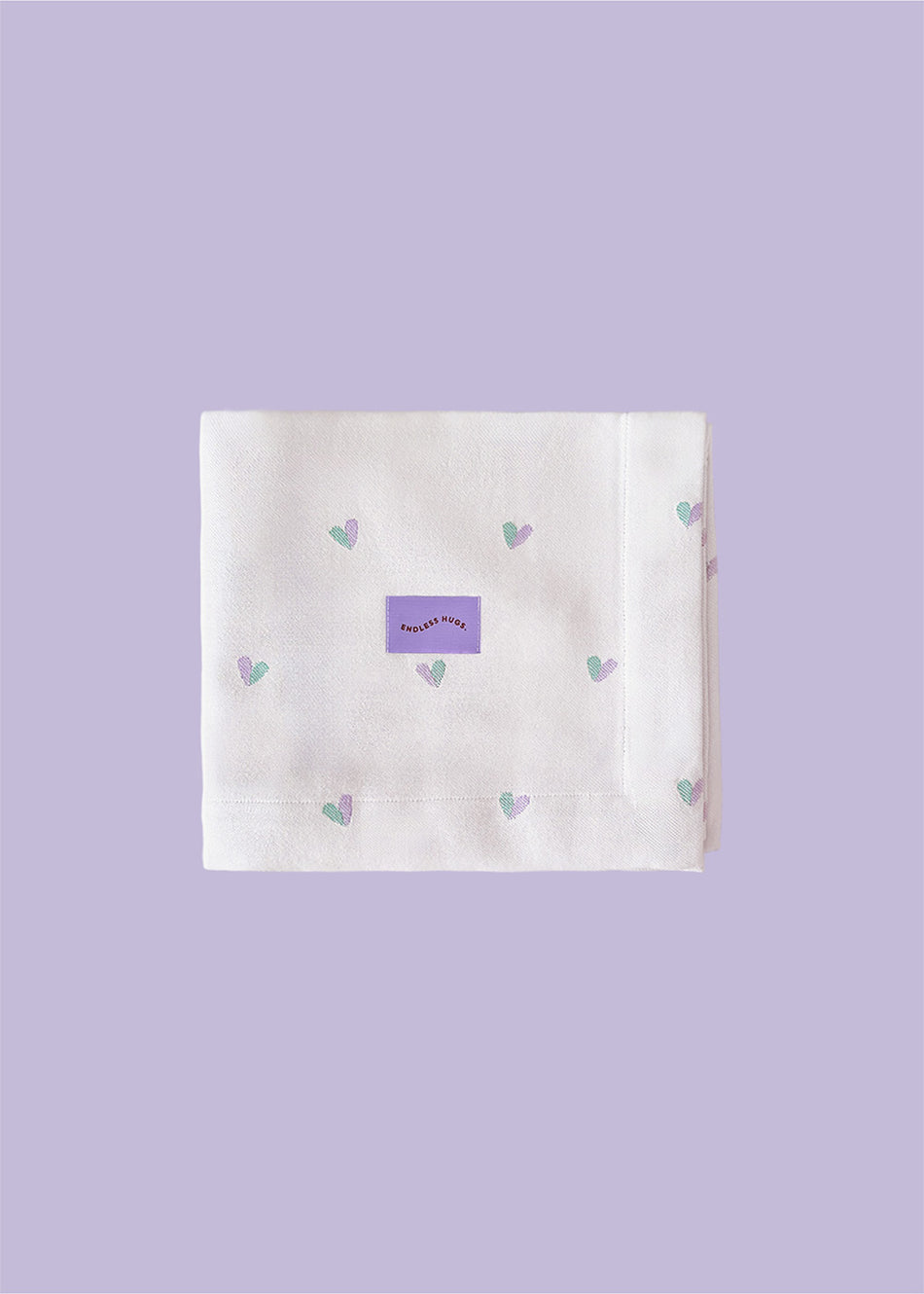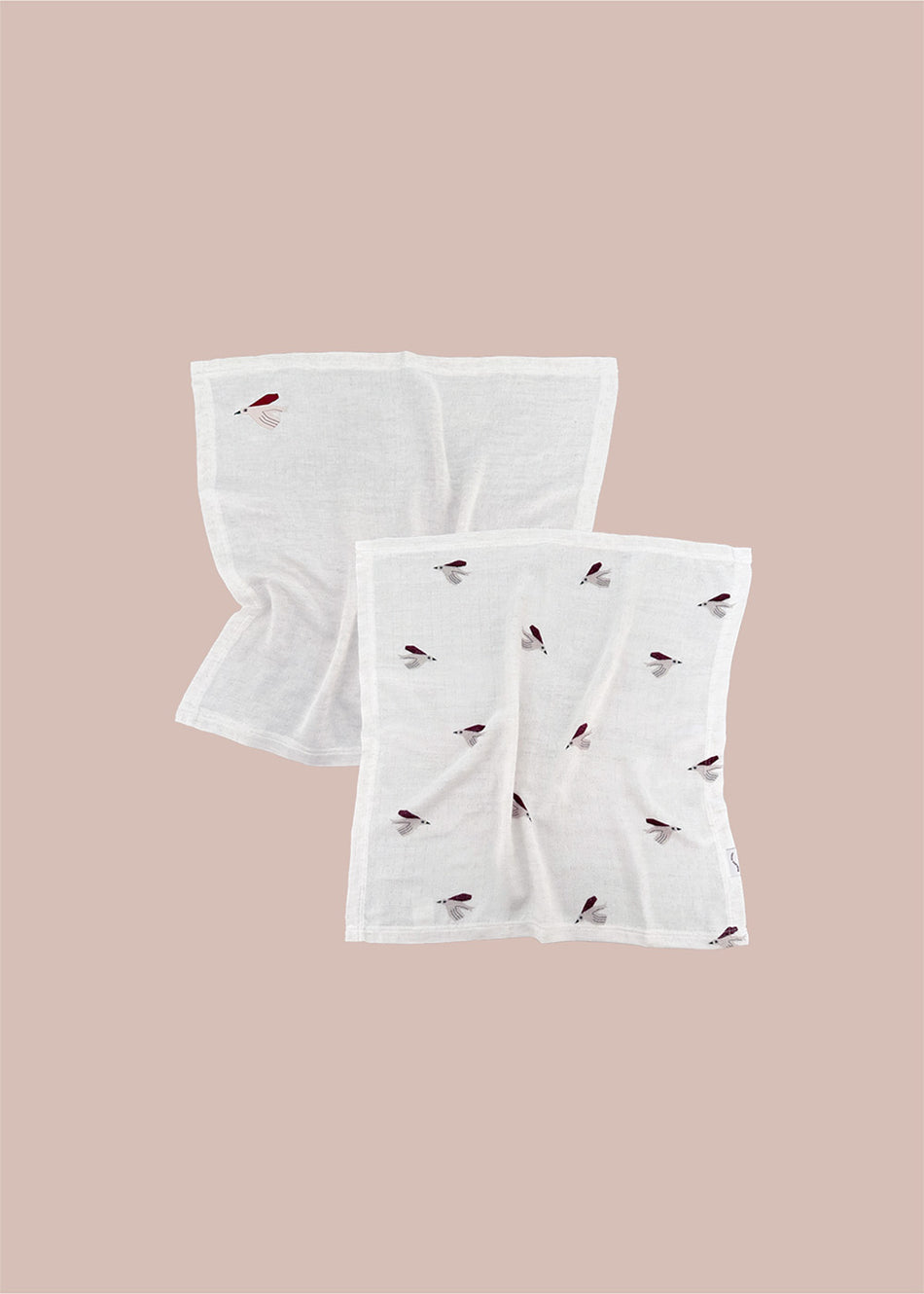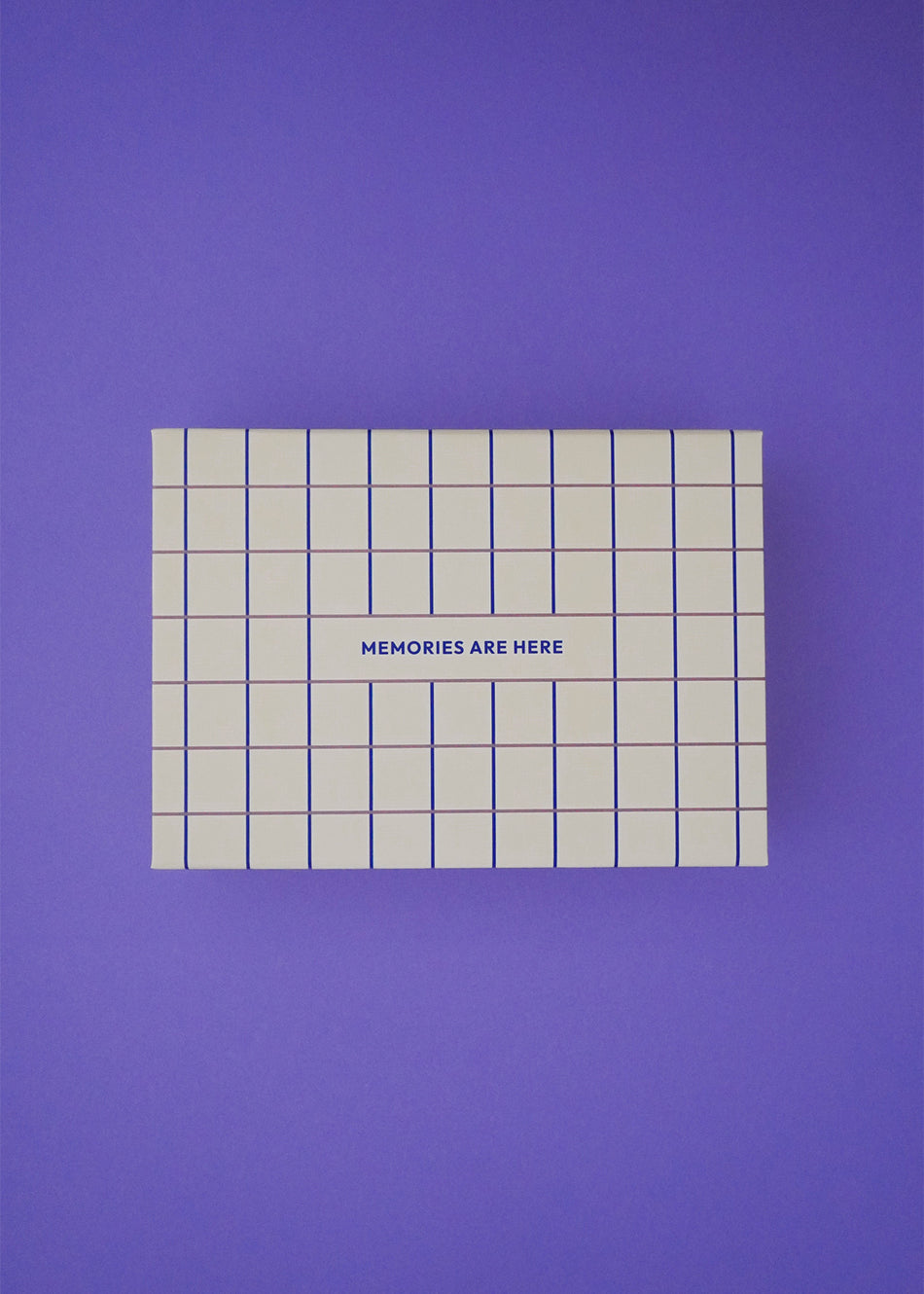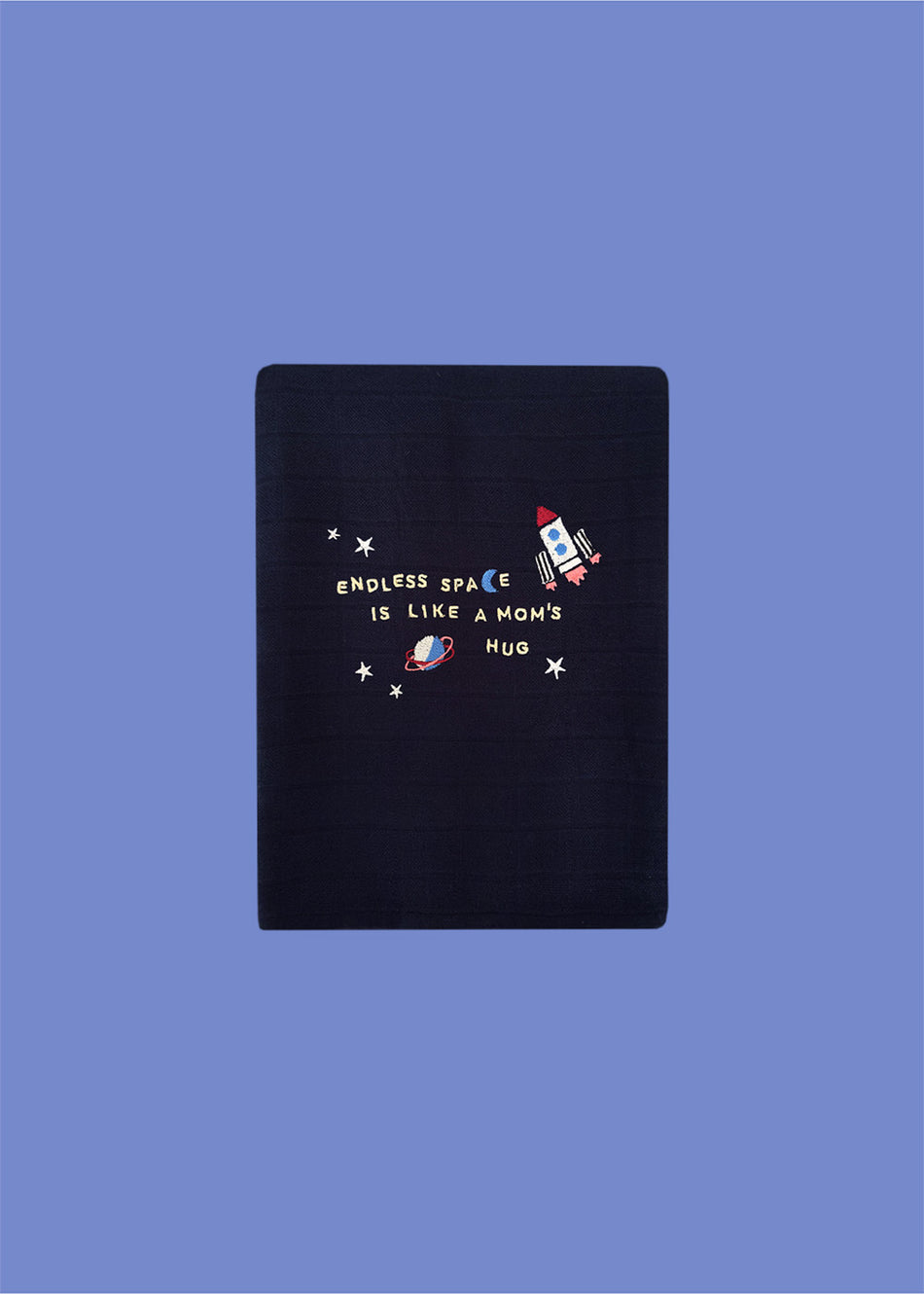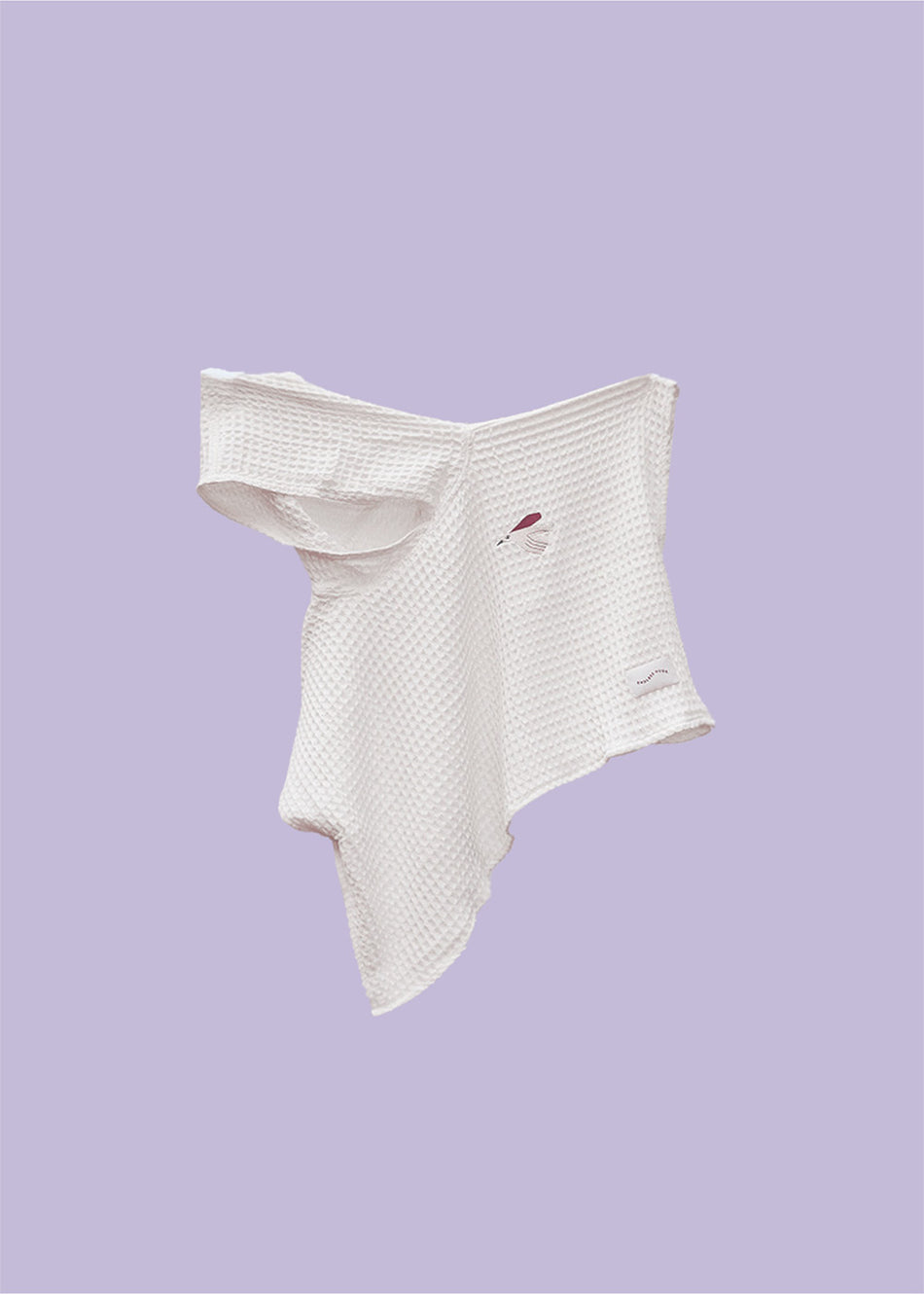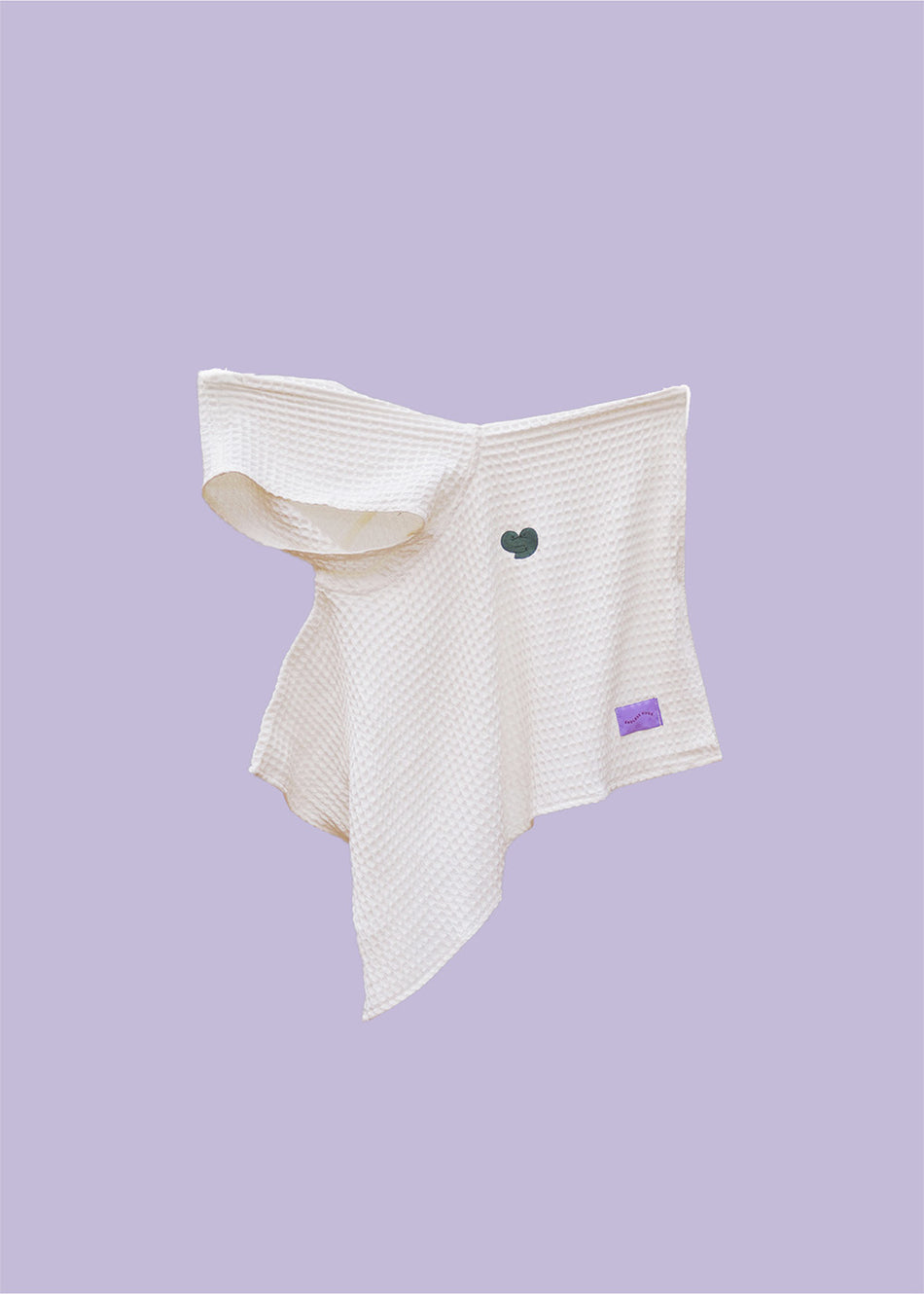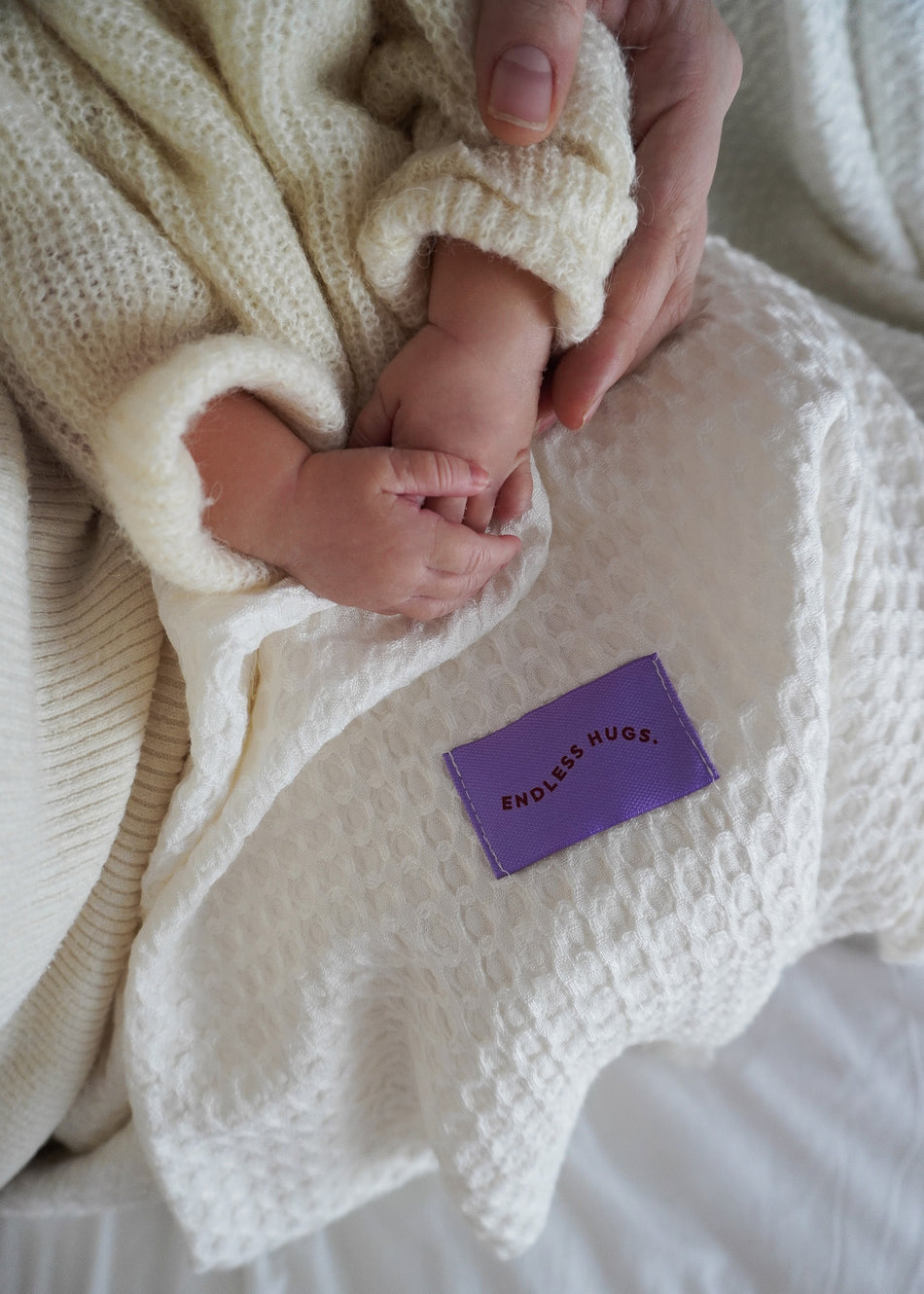Bath Magic for Your Baby - How to Turn an Evening Ritual into a Special Time of Intimacy
Do you remember your first bath with your baby? The uneasy feeling of holding a wet baby, the fear of the water being too hot, and those wide eyes of a little one unsure whether to laugh or cry. And then comes the routine – bathing becomes a daily chore, often hurried and stressful. Yet, this moment can be much more than just a hygienic necessity!
Bath time isn't just about washing your body, but a true opportunity to bond, stimulate your child's senses, and introduce them to a world of unique experiences. When you transform their evening bath into a ritual filled with warmth, laughter, and gentleness, you'll be surprised how much your little one will look forward to it every day. And the best part is, you don't need complicated toys or gadgets—all you need are soft, natural materials, warm water, and your presence.
Why is it worth creating a bathing ritual for your child?
Regular rituals give children a sense of security and predictability. When your little one knows what to expect, they feel more confident and calm. Evening bath time is the perfect time to introduce such a ritual into your day – it signals the approaching bedtime, soothes the mind, and allows for a moment of peace after a busy day full of excitement.
Moreover, bath time is a perfect opportunity to stimulate your baby's senses – the feel of warm water on their skin, the scent of delicate cosmetics, the sound of splashing water, and your voice singing a lullaby. It's a true sensory feast that supports your baby's development on many levels simultaneously.
Remember, too, that it's in these seemingly ordinary, everyday moments that the strongest bond between you and your child is built. These moments of closeness are priceless and will pay off for life.
What to prepare to make bathing a magical ritual?
The foundation of a successful bath is the right accessories. First and foremost, make sure you have a soft, absorbent bath towel with a hood to wrap your little one in after getting out of the water. The material should be gentle on the baby's sensitive skin – preferably cotton, certified OEKO-TEX Standard 100 Class 1, which guarantees safety even for the youngest children.
It's also worth considering a comfortable bath poncho for older children, which will not only dry the child but also keep them warm after bathing. Soft washcloths (bath mittens) made of natural materials that gently massage the skin during washing are also great for smaller children.
Don't forget about safe, gentle cosmetics adapted to your child's age and a few simple bath toys that will make time in the tub more enjoyable.
How to prepare the bathroom for your baby's evening bath?
Atmosphere is crucial! Make sure the bathroom temperature is appropriate – it should be warm so your child doesn't get cold after getting out of the water. Prepare all the necessary supplies before bath time so you don't have to interrupt this special time later.
If you want to create a truly special atmosphere, you can dim the lights or light a candle (at a safe distance from your child, of course). Some little ones also love
soft, relaxing music in the background - it can be children's classics or calm lullabies.
And most importantly, turn off your phone and put aside all distractions. This time belongs to just the two of you.
At what temperature should you bathe a baby to make him feel comfortable?
Water temperature is one of the key elements of a successful bath. For babies, the ideal water temperature is around 37°C, which is approximately body temperature. Always check the temperature with your elbow or a bath thermometer before placing your baby in the water.
Remember that a baby's skin is very sensitive and loses heat quickly, so the water shouldn't be too cold. On the other hand, water that's too hot can burn the baby's delicate skin. That's why finding the right balance is so important.
As your baby grows, the water temperature can be gradually lowered, but it should always remain comfortable for your baby.
What fun activities can be introduced during bath time to stimulate a child's development?
Bathtime is a great time for play and learning! For young children, just being in the water is a fascinating experience. You can gently pour water over different parts of your baby's body, naming them—a great sensory and language exercise at the same time.
For older children, suggest games involving pouring water, fishing for toys, or making a "beard" out of foam. You can also introduce elements of pretend play—for example, washing a teddy bear or doll before washing the baby.
Remember that playing in the water is not only fun, but also excellent training for motor skills, hand-eye coordination, and cause-and-effect thinking. And all of this while building positive associations with water and hygiene.
Can bathing help establish a healthy daily rhythm for your child?
Absolutely! A regular evening bath is an excellent part of a bedtime routine. Warm water naturally relaxes and calms the baby, preparing it for rest. Bathing at a similar time every day signals to your little one that bedtime is imminent.
Research shows that children who have established bedtime rituals fall asleep faster and sleep better. A bath, followed by a cuddle in a soft towel, a gentle massage with baby oil, putting on pajamas, and reading a book—this sequence of actions sends a clear message to a child's brain: "We are getting ready for bed."
Over time, this ritual becomes so strong that the very start of the cycle causes the baby to yawn and feel sleepy – something any parent struggling with sleep problems in the evening will appreciate!
How to use a hooded towel to ensure maximum comfort for your baby?
A hooded towel is a must-have in every baby's layette. To get the most out of it, prepare it before bathtime – spread it out in a convenient place so you can quickly wrap your baby in it after taking him out of the water.
When the bath is over, gently remove your baby from the tub and immediately wrap them in a towel, placing the hood over their head. The head loses heat the fastest, so covering it is a priority. Then, gently dry your baby's entire body, avoiding rubbing, but rather placing the towel over the skin and allowing it to absorb the water.
Polish towels made of high-quality cotton, such as those with the OEKO-TEX certificate, are exceptionally soft and absorbent, making drying a pleasant experience for both the child and the parent.
How to turn the moment of drying off after a bath into a time of closeness?
The moment after bath time, when you wrap your little one in a soft towel, is the perfect opportunity for an extra dose of tenderness. You can gently massage your baby through the towel, sing a lullaby, or simply cuddle and enjoy the closeness.
For slightly older children, a fun game is "pancake" – wrapping them in a towel and gently rolling them around the bed or changing table (safely, of course!). Or "disappearing baby" – while your little one is wrapped in a towel, you can pretend to look for them: "Where's my treasure? I can't see it anywhere!"
Such activities not only build bonds but also create positive associations with the entire bathing and grooming process. Your child will associate these activities with pleasure and a sense of security, rather than a chore.
Why is it worth choosing natural baby care materials?
A baby's skin is extremely delicate and sensitive—it's only one-third the thickness of adult skin. Therefore, everything it comes into contact with should be of the highest quality and completely safe. Natural materials like cotton are hypoallergenic, absorb water perfectly, and allow the skin to breathe.
It's worth paying attention to certificates like OEKO-TEX Standard 100 Class 1, which confirms that the material is free from harmful substances and safe even for newborns. Polish products often stand out for their high-quality workmanship and attention to detail, which is crucial for everyday use.
Remember that investing in high-quality towels or bath ponchos isn't just about comfort, but above all, your child's health. Products made from natural fibers last longer, are more pleasant to the touch, and don't cause skin irritation.
How to build positive associations with bathing in children who are afraid of it?
Some children go through phases of fear of bath time—this is completely normal! If your child is afraid of water, introduce them to it gradually. You can start by washing them with a washcloth, without immersing their entire body, and only then progress to a full bath.
The key is to create a safe, predictable atmosphere. Always warn your child about each step: "I'm going to wet your hand now," "I'm going to pour water on your head in a moment." Control and a lack of surprises help reduce anxiety.
Introduce playful elements that distract from the bath itself—colorful toys, soap bubbles, or stories. Over time, your child will begin to associate bath time with pleasure, not anxiety. Your calm, supportive presence is paramount—if you're relaxed, your child will relax too.
What to do when a child outgrows the bath-loving phase?
It's natural that enthusiasm for bathing can wane over time. When you notice the first signs of boredom, it's time to refresh the ritual! Introduce new elements—colorful bubble bath, light-up toys, or themed games (e.g., bathing on a pirate ship or in an ocean full of fish).
You can also involve your child in bath preparations – let them choose the toys they'll take into the tub or the towel they'll dry themselves with. A sense of agency and control is incredibly important for children.
Also, remember their changing developmental needs. Older children may require more privacy or want to perform certain activities independently. Respect these needs while ensuring safety and quality of care.
At Endless Hugs, we believe that daily rituals shape childhood and lay the foundations for the future. That's why we create products that support these magical moments of closeness between parents and children – soft, safe, and lovingly crafted, just as your time together should be.

